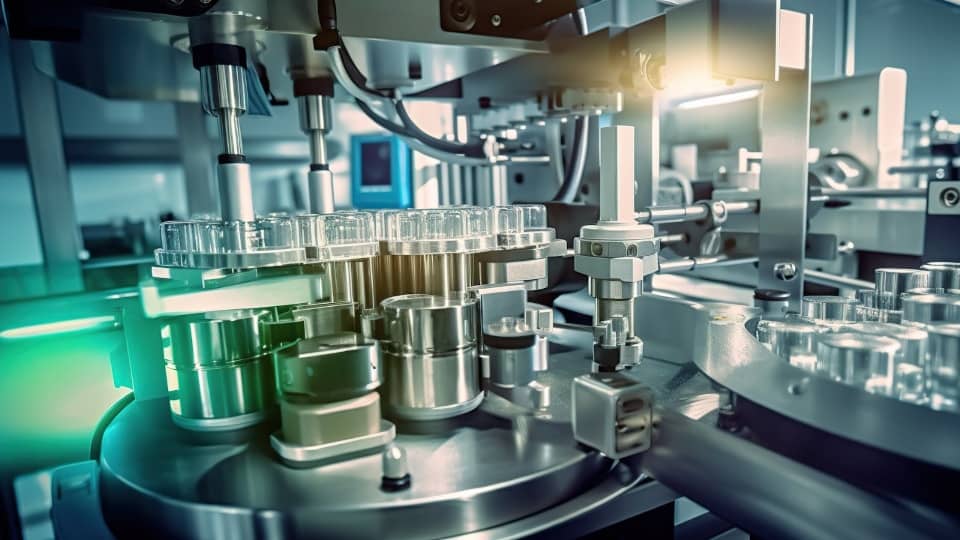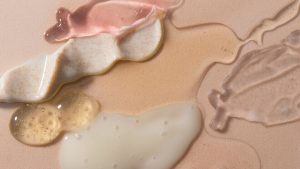
Compounding in dermatology has led to the emergence of personalised skincare, revolutionising the way people treat common skin conditions. It aims to provide tailored prevention and treatment strategies for defined groups of people to clear acne, reduce the effects of ageing, lighten hyperpigmentation, manage rosacea, as well as address other skin conditions.
Personalised skincare typically involves a dermatologist or pharmacist working with a compounding pharmacy to assess a patient’s skin and reported symptoms in order to prescribe a formulation. Compounding pharmacies typically use three types of ingredients to then produce these formulations; namely active ingredients, excipients, and base creams. Different combinations of these ingredients are compounded in precise doses to create higher-strength, more targetted treatments than traditional over-the-counter or online cosmetic products.
Active Ingredients
Some active ingredients are only available with a prescription in the UK. The most commonly used active ingredients in dermatology are retinoids, such as adapalene, which is available up to a concentration of 0.3% and tretinoin up to 0.1%. Retinoids regulate the growth of cells on the skin’s surface, improving its texture and tone.
Another commonly used type of active ingredient are lightening agents, like hydroquinone, with a concentration of up to 6%. Lightening agents reduce melanin production to lighten areas of dark pigmentation.
Anti-inflammatories include azelaic acid, which is available over-the counter in concentrations as high as 10%, and up to 20% if prescribed. Anti-inflammatories slow keratin production, reducing redness and inflammation.
Antibiotics, like clindamycin are available up to a concentration of 1%, and metronidazole up to 0.75%. Antibiotics reduce the number of bacteria on the skin’s surface, inhibiting acne-like lesions.
Antiparasitics, including ivermectin, which is available up to a concentration of 1%, reduce the number of dermodex mites to prevent redness and inflammation.
Antioxidants, such as niacinamide, which is available both over-the-counter and by prescription in concentrations of up to 10%, has a wide range of uses, including lowering oxidative stress to improve skin elasticity and even out skin tone.
A custom formula typically contains two or three active ingredients, while most retail prescriptions only contain one.
Excipients
Excipients play an important role in dermatology as they enhance the properties of active ingredients, ensure their stability and efficacy, improve absorption, and extend their life.
Butylated hydroxytoluene, citric acid, and sodium metabisulfite are common examples of excipients that act to preserve active ingredients, as are ethoxydiglycol, polyethylene glycol, and propylene glycol, which improve absorption.
Bases
Bases are available in a variety of forms, depending on their intended use. Cream bases are a popular choice for formulations that need to be lighter, more spreadable, and easily absorbed by the skin.
Ointment bases are often used to create a thicker, more emollient texture, and long-lasting moisturisation or hydration.
Anhydrous bases are appropriate for formulations that should be free from water, need to be sterilised, or need to have a longer life.
Lipid-based creams replenish lipids in the skin, maintaining the skin’s natural barrier function, and treat dry skin conditions.
In Conclusion
Compounding in dermatology is transforming how dermatologists and pharmacists treat their patients. It is widely acknowledged that the “one size fits all” approach is inadequate and each person’s skin chemistry, lifestyle, and goals are unique.
The future of personalised skincare holds great promise, with advances in science and technology enabling the development of more targetted and effective treatments. As our understanding of dermatological ingredients, formulations, and conditions continues to grow, we can expect to see widespread adoption of compounding to produce increasingly advanced personalised skincare treatments.









